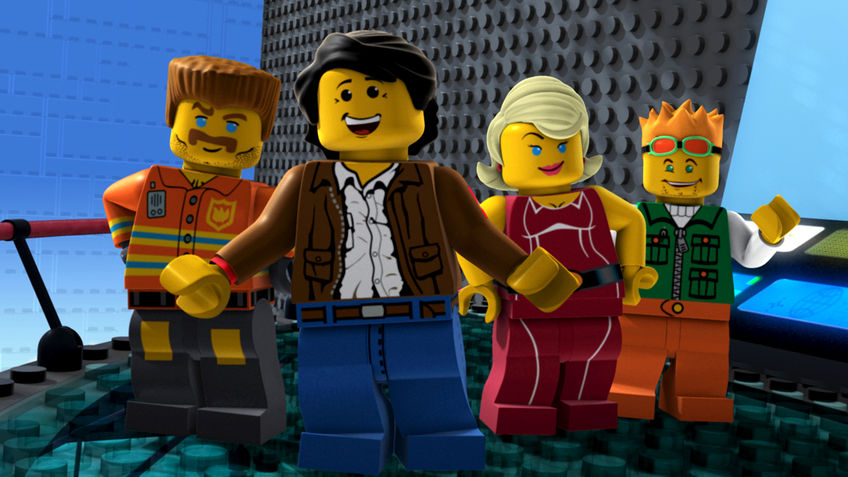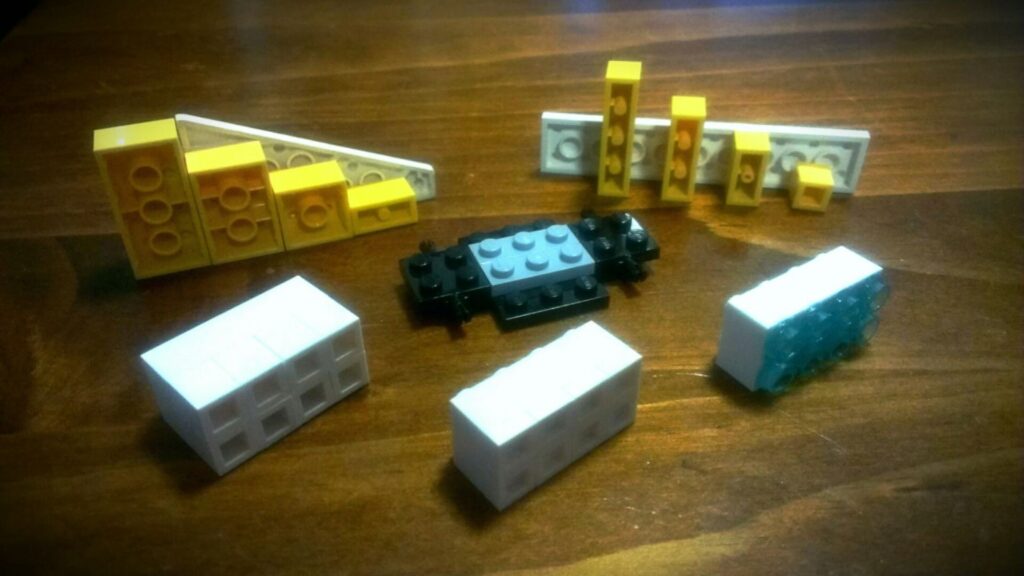
Simply, I pose the question; at human size, could Clutch Powers run on a Lego ™ sheet? In the movie within the Lego franchise “the Adventures of Clutch Powers” many of the characters run on smooth and studded Lego terrain. It is generally thought that the ratio from the Lego model world to the human world is a 1:40 linear ratio. It is logical that area would be a square of this ratio. There is a widely accepted term called Clutch Power that is embedded in the Lego design and it is the amount of static friction between a Lego piece and the stud of another item.

I have devised a set of test pieces to get a value of the clutch power for a single stud connection. The test rig has looked at the different layouts of bricks to head towards a lowest Clutch Power for the system. I have used an adhesive to complete my test block BUT I should not that there may be some alignment issues at play that have raised the clutch power for some of the items. Any repeat tests would need to have very strict alignment of the test items. That is the volume of adhesive may have twisted the blocks and this creates an increase in the grip.
The test blocks and results are:
A series of single width bricks, increasing in size. (650g, 750g, 900g, 1330g)
A series of double width bricks, increasing in size. (750g, 1500g, 1800g, off scale)
A set of 8 studs of the single round type. (1100g, 1600g, off scale, off scale)
A set of 8 single bricks of sheet height. (1600, off scale, off scale, off scale)
A set of 8 single bricks of standard height. (900g, 1600g, off scale, off scale)
So, in summary, the minimum realistic clutch power of a single stud is 650 grams for each of his feet. As this is a force over area problem, it is appropriate to scale it by the square law (x40 x40) to give an approximate Clutch Power of 1000Kg on each leg and I find this clearly above what could be expected; Sadly, I do not think Clutch Powers or any character could overcome the grip to run in a scaled up world.